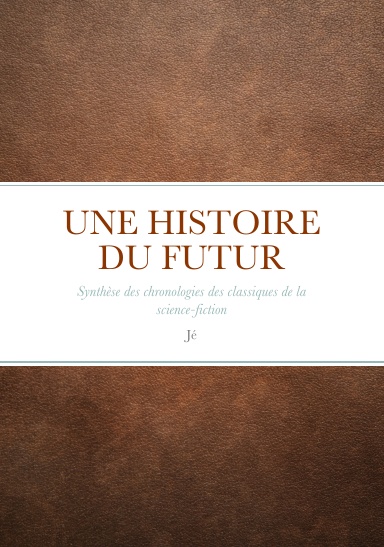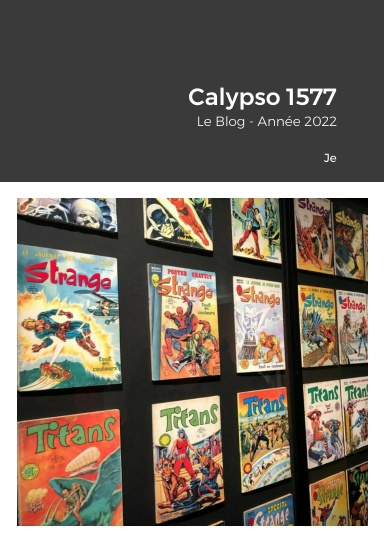
Le concept du monomythe (Monomyth), développé par Joseph Campbell dans ses livres et ses conférences à partir de la fin des années 1940, avance l'idée que tous les mythes du monde racontent essentiellement la même histoire, dont ils ne seraient que des variations. Dans son livre Le Héros aux mille et un visages (The Hero with a Thousand Faces), paru en 1949, Campbell avance ce qu'il affirme être une structure universelle de tous les mythes du monde, qui relateraient un voyage du héros (The Hero's Journey). Le concept du monomythe tente également de découvrir des traits communs à toutes les cosmogonies.
Structure du monomythe
La structure fondamentale avancée par Campbell se compose de cinq grandes étapes[réf. nécessaire] :- Un appel à l'aventure, que le héros doit accepter ou décliner.
- Un cheminement d'épreuves, où le héros réussit ou échoue.
- La réalisation du but ou du gain, qui lui apporte souvent une meilleure connaissance de lui-même.
- Un retour vers le monde ordinaire, où le héros réussit ou échoue.
- L'utilisation du gain, qui peut permettre d'améliorer le monde.
Genèse du concept de monomythe
Dans son livre Theories of Mythology, l'helléniste Eric Csapo mentionne brièvement les travaux de Campbell dans la section "Psychanalyse" et les définit comme « une approche jungienne à la base, quoique éclectique, du mythe ». Les travaux de Campbell sont influencés par la psychologie analytique fondée par Jung (lui-même ancien collaborateur de Sigmund Freud) dans la première moitié du XXe siècle.Influence artistique
Le schéma narratif avancé par Campbell pour son monomythe a été repris et adapté pour être utilisé comme technique d'écriture en littérature et au cinéma pour concevoir des scénarios. Par exemple, George Lucas a admis s'en être inspiré pour sa trilogie de science-fiction Star Wars.Joseph Campbell describes the journey hero’s take in stories, but I believe that we all can learn something from these stages. I hold this belief because we all should be the hero in our own lives and if we are the hero’s in our own lives we will eventually experience the following 17 stages of the Hero’s Journey:
- The Call to Adventure – Hero receives calling to the unknown
- Refusal of the Call – Obligations or fear prevent hero from starting the journey
- Supernatural Aid – Magical helper appears or becomes known
- Crossing the First Threshold – Hero leaves its known world and ventures into the unknown
- Belly of the Whale – Final stage of the separation from the known world
- The Road of Trials – Hero must pass a series of test to begin the transformation
- Meeting with the Goddess/Love – Hero experiences unconditional love
- Temptation – Hero face temptation that will distract from ultimate quest
- Atonement with the Hero’s Father – Hero must confront the person that holds ultimate power in their life
- Peace and Fulfillment Before the Hero’s Return – Hero moves to a state of divine knowledge (usually through some form of death)
- The Ultimate Boon – Achievement of goal
- Refusal of the Return – Having found bliss and enlightenment in the other world, hero may be reluctant to return
- Magic Flight – Sometimes the hero has to escape with the boon
- Rescue from Without – Sometimes the hero needs a rescuer
- Return – Retain wisdom gained on quest and the hero integrates wisdom in human society by sharing wisdom with the world
- Master of Two Worlds – Hero achieves balance between the material and spiritual (inner and outer world)
- Freedom to Live – Freedom from fear of death, causing hero to live in the moment and no concern for the future or regrets of the past

























Aucun commentaire:
Enregistrer un commentaire